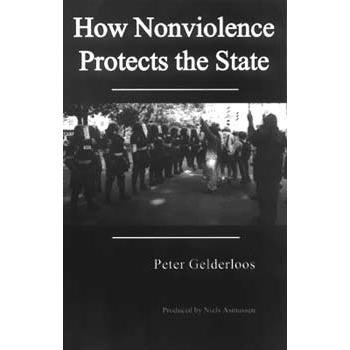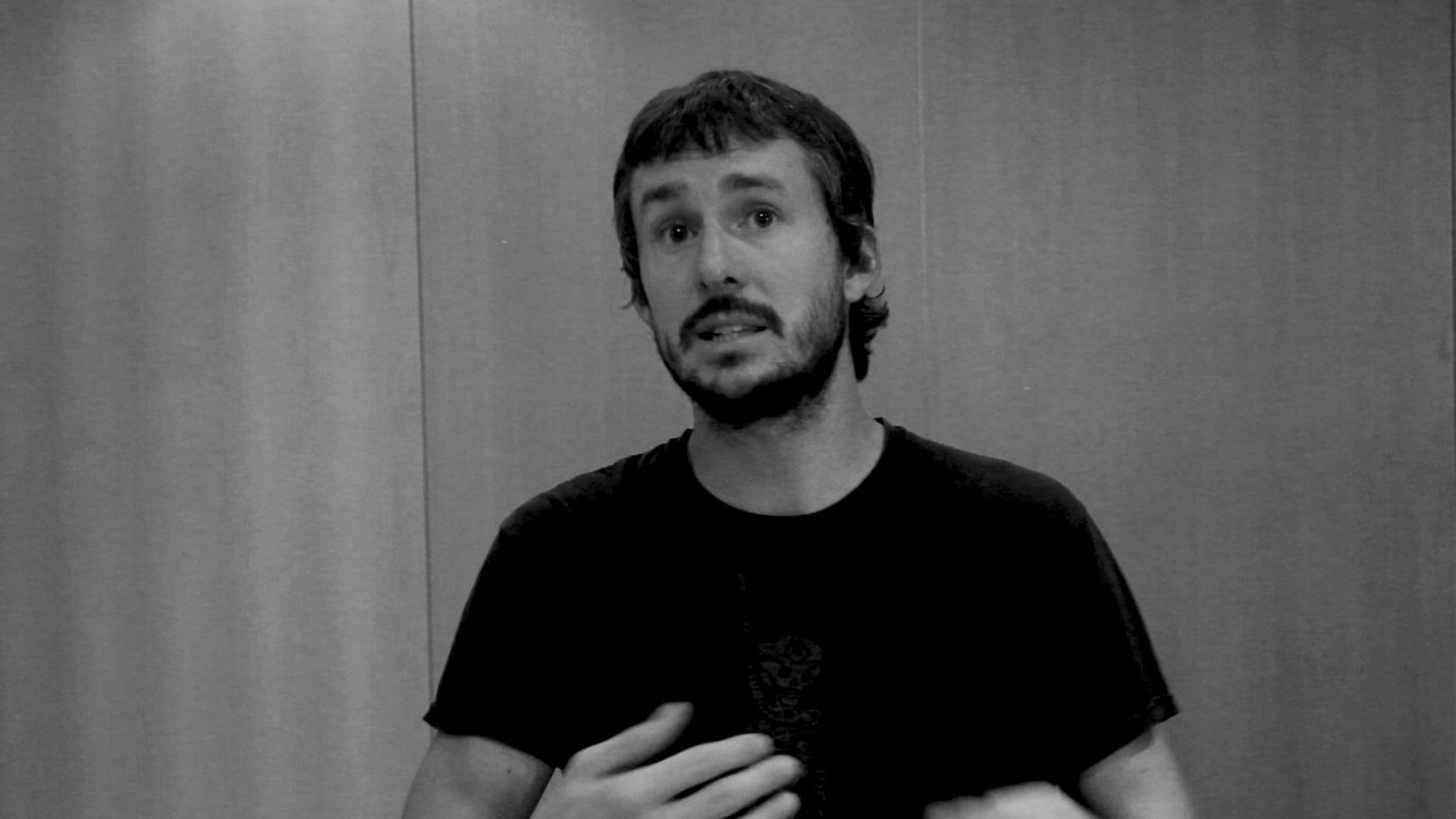
Then, they believe, change will surely come. They must wait for enough people of color who have attained more economic privilege (the “house slaves” of Malcolm X’s analysis) and conscientious white people to gather together and hold hands and sing songs. Among many North American activists, the role on nonviolence as the default mode of struggle bears little scrutiny.“People of color in the internal colonies of the US cannot defend themselves against police brutality or expropriate the means of survival to free themselves from economic servitude.

People working for social change face plenty of difficult questions, but sometimes matters of strategy and tactics receive low priority. If it isn’t, that will prove its central thesis-that pacifism retains its hegemony in some circles only because people refuse to acknowledge the possibility of other approaches to social change.” – CrimethInc. “It will be a shame if this book isn’t read and discussed by people who disagree with it.A ‘must read’ for revolutionaries struggling to be effective against the government’s ‘War on Terror,’ in which one person’s freedom fighter is another’s terrorist.” – Ann Hansen, author, Direct Action: Memoirs of an Urban Guerilla In this indictment, he makes a strong argument for the diversity of tactics, while illuminating how the ideology of pacifism leads us not to social justice, but rather, the peace one finds in cemeteries. – “Peter Gelderloos’ How Nonviolence Protects the State, finishes off where Ward Churchill’s classic, Pacifism as Pathology, began.Peter Gelderloos is the author of The Failure of Nonviolence, Worshiping Power: An Anarchist View of Early State Formation, and Anarchy Works: Examples of Anarchist Ideas in Practice. In a call bound to stir controversy and lively debate, Peter Gelderloos invites activists to consider diverse tactics, passionately arguing that exclusive nonviolence often acts to reinforce the same structures of oppression that activists seek to overthrow. How Nonviolence Protects the State challenges the belief that nonviolence is the only way to fight for a better world. Today protest is often shaped by cooperation with state authorities – even organizers of rallies against police brutality apply for police permits, and anti-imperialists usually stop short of supporting self-defense and armed resistance.

Since the civil rights era, the doctrine of nonviolence has enjoyed near-universal acceptance by the US Left.

3rd edition, green fade cover – dedicated to Anna Campbell


 0 kommentar(er)
0 kommentar(er)
